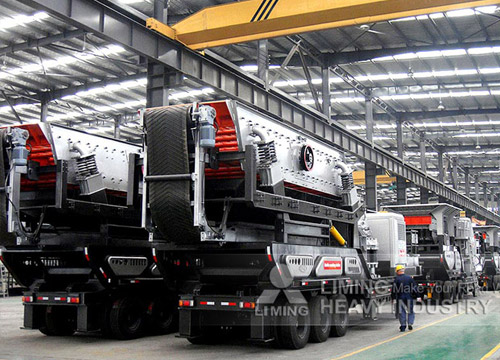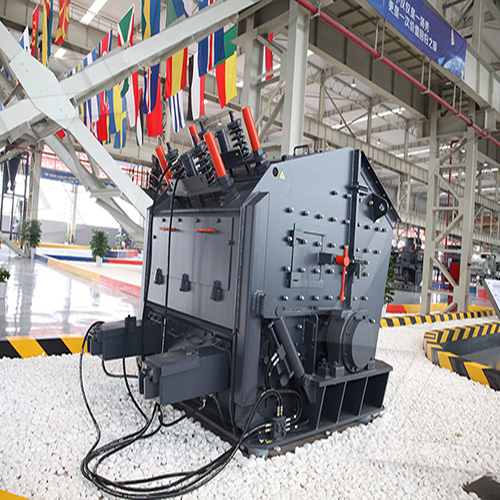Ultrafine powder micronizing equipment is used to reduce particle sizes to the micrometer (µm) or even nanometer (nm) range, enhancing material properties like solubility, reactivity, and dispersion. Here are the key types of equipment used for ultrafine micronization:
 1. Jet Mills (Fluid Energy Mills)
1. Jet Mills (Fluid Energy Mills)
– Principle: Uses high-speed compressed air or steam to collide particles, breaking them via impact and attrition.
– Particle Size: 1–50 µm (can reach sub-micron with classifiers).
– Examples: Spiral jet mills, opposed jet mills, fluidized bed jet mills.
– Materials: Pharmaceuticals, ceramics, chemicals, pigments.
2. Ball Mills & Attritors
– Principle: Grinding media (balls) crush particles via rotation or agitation.
– Particle Size: 1–100 µm (can be finer with long milling times).
– Types: Planetary ball mills, vibratory ball mills, stirred media mills.
– Materials: Minerals, metals, ceramics.
3. High-Pressure Homogenizers
– Principle: Forces slurry through narrow gaps at high pressure (up to 3,000 bar), causing shear and cavitation.
– Particle Size: <1 µm (nanoparticles possible).
– Applications: Pharmaceuticals (liposomes), food, cosmetics.
4. Ultrasonic Micronizers
– Principle: Uses high-frequency sound waves to create cavitation bubbles that break particles.
– Particle Size: Sub-micron to nanometers.
– Materials: Suspensions, emulsions (e.g., CNTs, graphene).
 5. Cryogenic Grinding Mills
5. Cryogenic Grinding Mills
– Principle: Cools materials (e.g., with liquid nitrogen) to embrittle them before milling.
– Particle Size: 10–100 µm (finer possible with post-processing).
– Materials: Thermoplastics, spices, volatile compounds.
6. Classifier Mills
– Combines grinding and air classification for tight particle size control.
– Examples: Mechanical impact mills with integrated classifiers.
7. Wet Media Mills (Bead Mills)
– Uses fine beads in liquid suspension for ultra-fine grinding.
– Particle Size: <100 nm possible.
– Applications: Paints, inks, nanomaterials.
Key Considerations When





Leave a Reply